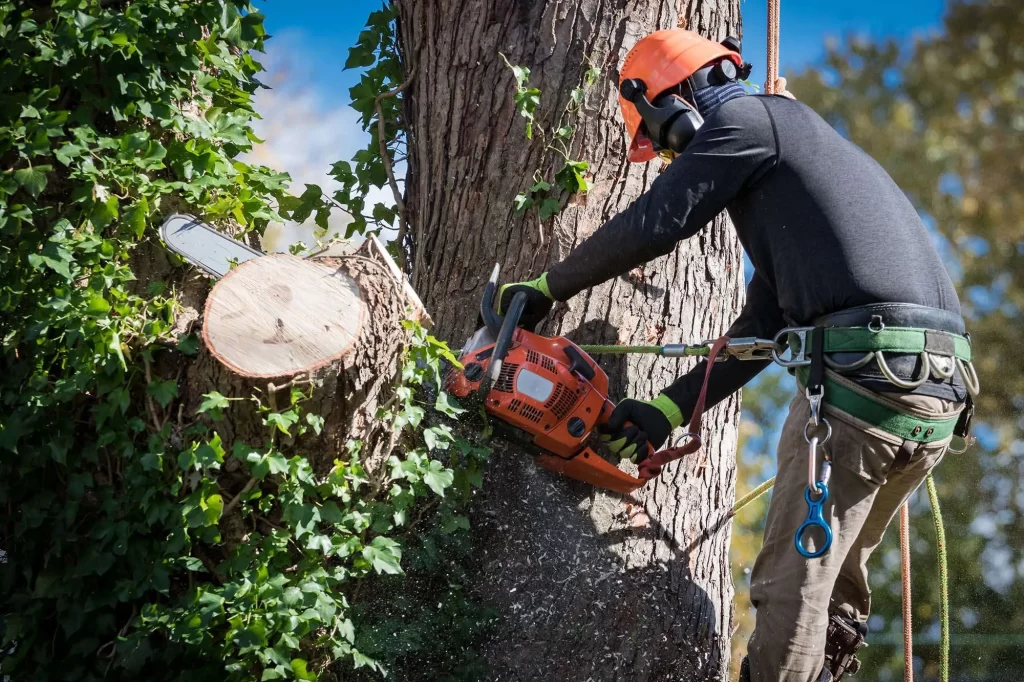Numerous studies have demonstrated that flowers and plants offer beneficial health advantages. This includes removing harmful VOCs. Green and plants are also known to reduce stress, improve focus and promote productivity.
Low-maintenance plants that are sustainable include sedums (which hold water in their leaves), succulents ornamental grasses, serviceberry plants. They are able to thrive in all soil conditions and can help improve soil quality.
Benefits
The greenery of a room is more than just pleasing to the eye. Plants in the home or office can improve mood and ease stress and lead to a more positive outlook and better overall health.
They also remove odors and clean the air. They’re a great choice for allergy sufferers because they don’t release pollen which can trigger sneezing and watery eyes.
Artificial plants come with many benefits, including being low maintenance they do not require watering or trimming and last for an extended period of time. They are also ideal for rooms that might not be suitable for live plants, such as windowless areas and dimly lit rooms. The faux plants are available in various designs and colors that can be matched to the decor of any room. You can revive them by spraying refreshers on them. This will extend the life of your plants and ensure that they appear healthy and vibrant. They’re a good choice for those who don’t have the time to care for real plants or who have limited space for living.
Artificial Plants for your home Decor
Many people appreciate the sensory experience of caring for plants and watching them flourish. It can be a rewarding experience for those who can keep the health of plants and improve the air quality.
Artificial plants can be a great option for people who are occupied or do not have the time to cultivate a garden. They offer a simple option to have greenery in your home. Fake plants aren’t just cost-effective, but also kid and pet safe. Plus, they never outgrow their pots and don’t require watering or fertilizers, and lam be ca nha hang you can rest assured that your hydrangeas or lilies won’t suddenly wilt.
Artificial plants don’t release pollen into the atmosphere or emit harmful volatile organic compounds. It reduces allergies in places where people are spending a lot time together. For instance, hospitals and clinics. Additionally, they require less maintenance since they can be dusted or wiped down to keep them looking clean and fresh. It’s crucial to note that artificial plants aren’t able to provide the same health benefits as real ones, like improving the air quality in your home or regulating humidity.
Low-Maintenance Greenery Options
For many plants, a balance of air, water and light is required to grow. This can be a challenge for busy people and those who don’t possess green fingers. There are a lot of low-maintenance indoor and outdoor plants that can thrive in most environments with very little effort.
Beautiful plants for outdoor use that require little maintenance and have gorgeous foliage and flowers could add a lot of visual interest to your garden. Select a plant that will not get too large and grow to the extent of your yard if you have a limited amount of space.
Fake plants provide a varied decoration option that lets you bring greenery into your office or home without much effort. They are long-lasting and constructed from materials that look like real plants. They have dot marks and veins.
Artificial plants do not require particular lighting conditions or ongoing maintenance such as watering, repotting and pruning. They’re a good choice for people who are allergic to pollen or other typical allergens. For these reasons, many choose to incorporate faux plants into their home or office.
Indoor plants that purify air
Many people prefer to keep live plants at home due to the perceived health benefits they offer. Stress reduction, mood improvement, and productivity are among the benefits. The satisfaction they get by taking care of the plants and seeing them flourish is also an added benefit.
A common reason for choosing authentic plants over fake ones is that they can help clean the air in a office or at home. This is based on an NASA study that showed that some indoor plants are able to lower VOC levels.
The effect, however, has been exaggerated. To recreate the original lab outcomes in an average space, you’d need around 680 plants to make the difference.
Yet, a lot of plants have been shown to eliminate harmful VOCs which include formaldehyde, toluene, and xylene. The devil’s ivy, golden pothos and Boston fern are all excellent options to accomplish this task. These plants are easy to maintain and will tolerate the low lighting. Regularly water your plant and feed with the liquid plant food every two weeks to maintain its health.
Sustainable Plant Choices
There are numerous plants that can be adapted to specific environments and there’s an array of different plants for indoor gardens. It is possible for businesses and homeowners to decorate their gardens indoors with plants appropriate to the climate of the area. This is a crucial aspect of sustainable gardening.
Many people believe that natural plants need too much upkeep However, the reality is that real plants can be just as easy to care for as artificial ones. Contrary to fake plants that are prone to collecting dust and clogs in real life, living plants help to clean the air by releasing oxygen and eliminating pollution.
Sustainable plant selections also create a healthy wildlife habitat for campgrounds and glamping sites as well as increasing the overall diversity. Incorporating indigenous plants that are tolerant to the local climate could help reduce the requirement for pesticides and fertilizers. A proper choice of native plants will help minimize soil erosion and preserve the quality of groundwater. Native plants are also resistant to disease and insects and they are tolerant of conditions that are dry. This is why they are a good choice for campgrounds that have only a limited supply of water.







